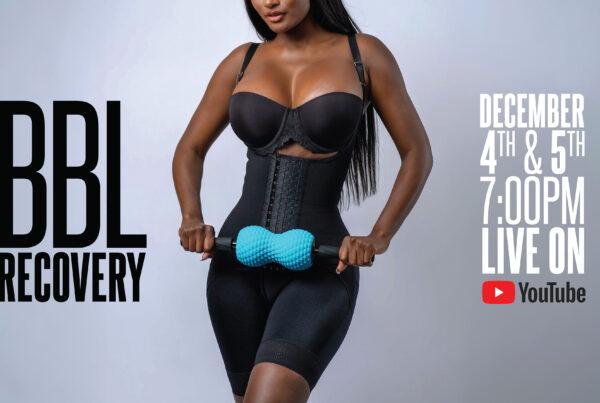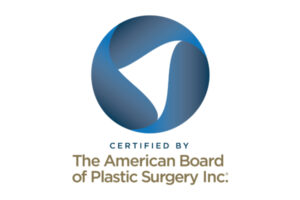Most surgeons view complications as something very different from patients and loved ones. Surgeons view complications as things that can go wrong during surgery – even though things were done correctly.
So many patients and loved ones come in with a different interpretation. People usually view complications more like medical malpractice. It’s widely accepted (outside of those with medical backgrounds) that a complication is something that’s gone wrong during a procedure. When, in fact, that just isn’t the case.
Complications happen because we operate on the body – a template full of bacteria. Though we do things to counteract or eliminate the growth of bacteria during and before surgery, like pre-surgical antibiotics, sterilization and rigorous hand-washing – sometimes infections still sneak in.
Seroma
Seromas make up 1-2% of the complications seen after a BBL and are the most common snag. Our body’s lymphatic circulation is responsible for channeling some of the fluid throughout the body through tiny, invisible channels, but sometimes after liposuction, these pathways get disrupted. Because we understand that this can happen, we leave your liposuction incisions open so that your massage therapist can help this fluid drain naturally.
But sometimes, even if you’ve worn your compression garment and gotten your massages as advised, fluid can collect under the fat and between the muscle and fat, and create a lump or seroma. It isn’t harmful, but it must be addressed, and we usually do so by using a needle and syringe to penetrate the surface and remove the fluid. It will not come back in most circumstances once it’s drained.
Infection
As mentioned, our bodies are covered in bacteria, and despite our best efforts in sterilization, it’s still possible to get an infection. Infections make up a very small percentage of complications, but two different types are possible after a BBL.
Cellulitis
Cellulitis isn’t common, making up approximately less than 1%, but it happens due to a break in the skin caused by liposuction. Bacteria gets into that breakage, and patients will often get a bump that is:
- Red
- Hot
- Firm
- Tender
- Swollen
It’s important to recognize these symptoms early, but a simple oral antibiotic will treat it with no lasting issues in most cases.
Abscess
Abscesses are rare, but it’s an infection that’s deeper. These complications occur because a collection of bacteria meets white blood cells, creating pus. An abscess often presents like cellulitis, but it can cause you to feel unwell, feverish, swollen and there can also be pain. Abscesses are treated by creating a small incision. The wound is left open and covered with gauze so it can drain. Depending on how much of the surrounding skin is infected, antibiotics may also be needed. Everything generally heals after drainage.
Fat Necrosis

Fat Necrosis is the death of fat. It sounds like a good diet term, but actually, this is what happens if the fat placed during your BBL doesn’t survive because it can’t get enough oxygen. As it slowly dies, calcium builds up in the area, making it firm and white. It becomes calcified as the body tries to extrude it.
Internal
Fat Necrosis can pop up in various sizes ranging from pea to a golf-ball-size and are either internal or superficial. When they are internal, we usually try to leave them alone as they don’t typically cause issues, and if we attempt to remove one surgically, sometimes a patient can get a divot or dent.
Superficial
Superficial fat necrosis is a bit different. It creates a wound as it tries to work its way out of the body. This painful complication can look pretty scary (the white tissue pushes through and can look like pus) and often gets confused for an infection, especially if a patient goes to a general practice physician or the emergency room instead of seeing their plastic surgeon with concerns. The best way to treat this situation is by visiting your surgeon and cleaning it often with soap and water. In extreme circumstances, you’ll need a medicated cream. It usually takes six to eight weeks for the fat to come out, and usually the spot heals over without scarring.
Oil Cyst
Another issue that can arise from fat dying is an oil cyst. Fat is simply composed of a cell full of oil. However, if the fat doesn’t survive, the membrane will dissolve, but the oil stays. If the oil isn’t absorbed, it appears abscess-like but without pain, redness or swelling. Another primary difference between an abscess and an oil cyst is when it is present in the healing process. Oil cysts generally show up further into recovery, nearly 2 to 4 weeks after surgery. Again, this is taken care of by removing the oil with a needle and syringe. Once removed, usually the area returns to normal, but it can cause a slight indentation. After approximately 12 months after surgery, once the tissue has time to heal and soften, we will revisit any areas if needed.
Watch our video:






